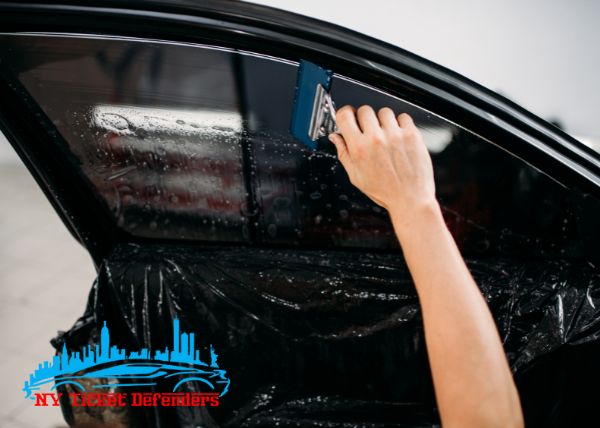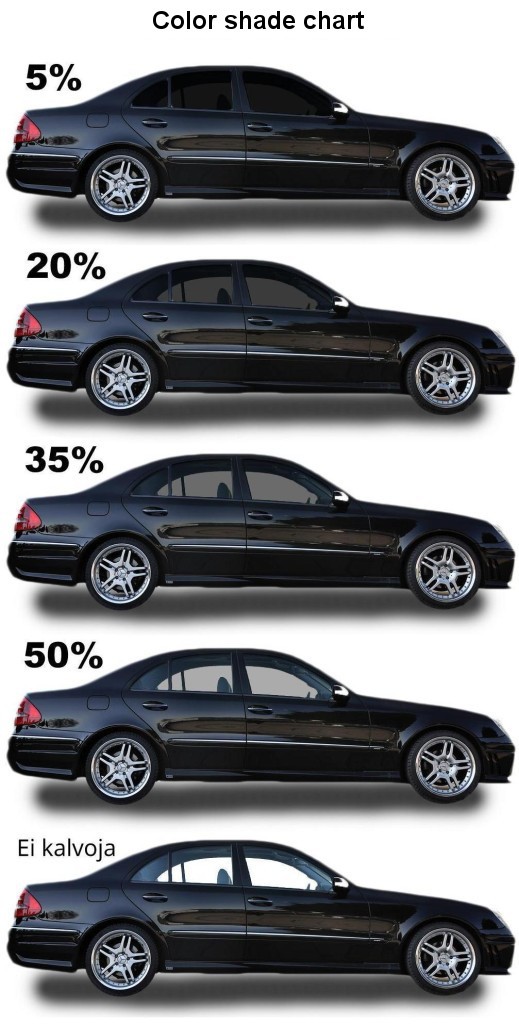Top-Rated Car Window Tinting Providers in Your Location
Home Window Tinting Laws and Guidelines: What You Required to Know Prior To Tinting Your Auto
Before proceeding with home window tinting for your vehicle, it is essential to familiarize yourself with the varied laws and standards that control this method throughout various states. These guidelines dictate the allowable degrees of color darkness, frequently determined by noticeable light transmission (VLT) percents, and consist of particular terms for front windscreens intended at making certain roadway safety.
Overview of Home Window Tinting Rules
Home window tinting laws are frequently subject to variation across different territories, showing neighborhood guidelines and safety and security considerations. These legislations dictate the permissible levels of tint darkness and reflectiveness on car windows, ensuring that drivers preserve appropriate presence while also securing against hazardous UV rays and heat.
A lot of laws identify window tinting based upon the Visible Light Transmission (VLT) percentage, which indicates the quantity of light that can go through the window. Generally, lower VLT percentages indicate darker colors. Legislations usually separate in between the front, side, and rear home windows, with stricter constraints put on the front windshield to improve security for both the vehicle driver and other road customers.
Additionally, some territories impose restrictions on the reflectivity of the tint, protecting against extreme glow that might hinder visibility. Exceptions to these regulations might exist for people with certain medical problems requiring additional sun protection. Compliance with window tinting laws is essential, as offenses can lead to fines, required elimination of the tint, and potential increases in insurance coverage costs. Consequently, it is vital for vehicle owners to acquaint themselves with regional regulations before continuing with home window tinting installations.
State-by-State Tint Rules
Understanding the particular window tinting policies in each state is vital for automobile owners seeking to abide by the legislation. Each state in the united state has actually developed its own set of rules regulating home window tinting, which can vary substantially. These regulations typically dictate the permitted degrees of color darkness, the kinds of windows that can be tinted, and any type of medical exemptions that may apply.
For example, states like California have stringent limitations on tint darkness for front windows, while others, such as New Mexico, may permit darker colors. In addition, certain states mandate specific presence percents for numerous windows, consisting of the windshield, front side home windows, and back windows. It is critical for cars and truck proprietors to familiarize themselves with their state's laws to stay clear of prospective penalties or penalties.
Furthermore, some states may call for a qualification sticker label to be put on tinted home windows, showing compliance with state regulations. Failure to stick to these policies not just risks lawful repercussions but can additionally impact safety and security and presence while driving. Vehicle proprietors need to conduct extensive study or get in touch with local authorities to guarantee full understanding and conformity with state-by-state color regulations.
Allowed Color Types and levels
Lots of lorry owners may be surprised to discover that enabled tint levels and kinds vary extensively across different states. Each state has established its own laws relating to the permissible darkness and reflectivity of window color, often measured by Visible Light Transmission (VLT) percentages. VLT refers to the quantity of light that can travel through the tinted windows; hence, a reduced percent shows a darker tint.

Additionally, the kinds of color products allowed can vary, with some states restricting metal or mirror-like surfaces. It is necessary for vehicle owners to familiarize themselves with their state's specific regulations to make sure compliance. Non-compliance can lead to penalties, mandatory removal of the color, or various other legal consequences, making it essential to understand these guidelines prior to waging setup.
Medical Exemptions for Tinting
While not all states provide allocations for clinical exceptions concerning home window tinting, those that do identify the necessity for specific people to improve exposure and comfort because of medical conditions. Various medical problems, such as lupus, skin cancer, and particular eye problems, can provide individuals particularly conscious sunshine. Subsequently, these individuals may need darker colors to shield themselves from dangerous UV rays and glare.

It is essential to note that despite having a medical exemption, there might still be constraints on the level of tint permitted. Conformity with state laws ensures that people are both protected and within legal limitations. Those considering medical exceptions need to contact their local Department of Motor Vehicles or equal authority to understand the needs and treatments essential to make an application for an exception effectively.
Fines for Non-Compliance
Failing to conform with home window tinting regulations can lead to significant charges, which vary by state. Police are equipped to issue citations for automobiles that do not stick to the defined tinting guidelines. These charges normally consist of penalties, which can vary from moderate total up to several hundred bucks, depending on the seriousness of the violation and the state in inquiry.
In some jurisdictions, duplicated offenses may lead to rising fines or extra penalties, such as mandatory court appearances. Additionally, non-compliance may necessitate the elimination of prohibited tinting, typically at the owner's expenditure. In severe situations, regular wrongdoers may encounter suspension of their lorry registration until compliance is achieved.
Additionally, insurance ramifications might arise from obtaining several citations for window browse around here tint violations. Insurance companies may view such violations as a sign of riskier actions, potentially resulting in increased costs or problem in protection.
To stay clear of these penalties, her latest blog it is crucial for vehicle owners to acquaint themselves with their local home window tinting laws and guarantee that their automobile complies (Window Tinting). This aggressive method not only stays clear of legal implications however additionally promotes road safety
Conclusion

Most guidelines categorize window tinting based on the Visible Light Transmission (VLT) portion, which indicates the quantity of light that can pass through the home window. Conformity with window tinting laws is vital, as violations can result in penalties, compulsory removal of the tint, and potential increases in insurance coverage premiums.Recognizing the certain home window tinting laws in each state is important for car proprietors looking for to conform with the regulation. These laws commonly determine the allowable degrees of color darkness, the types of windows that can be tinted, and any kind of clinical exceptions that may apply.
For circumstances, states like The golden state have rigid constraints on color darkness for front windows, while others, such as New Mexico, might allow darker tints.